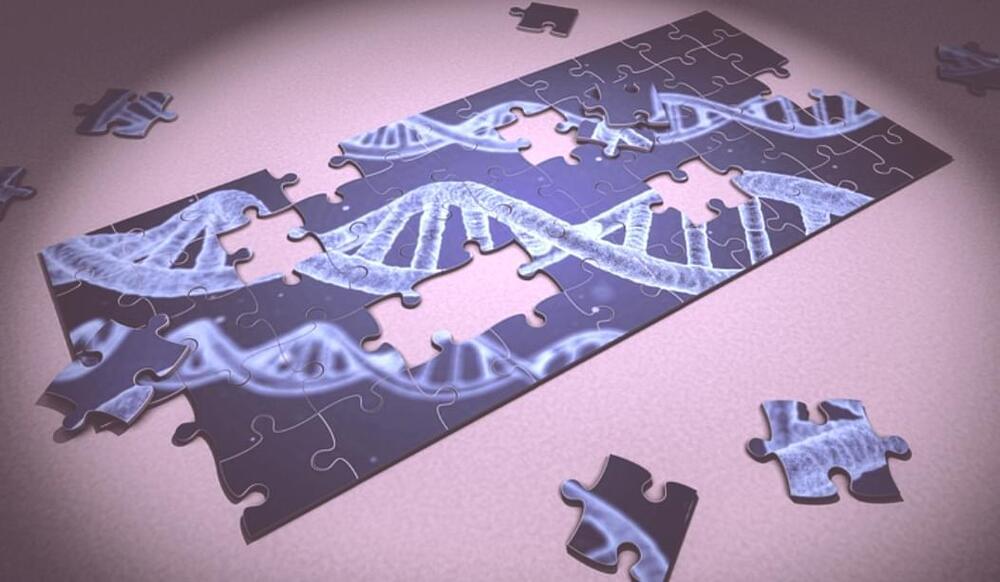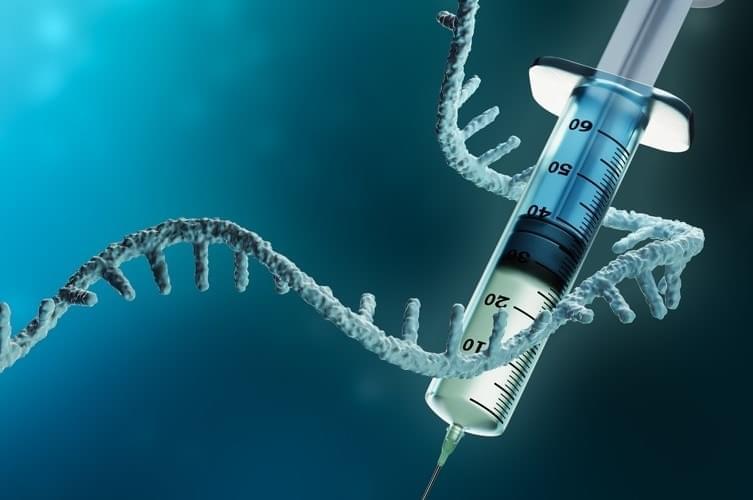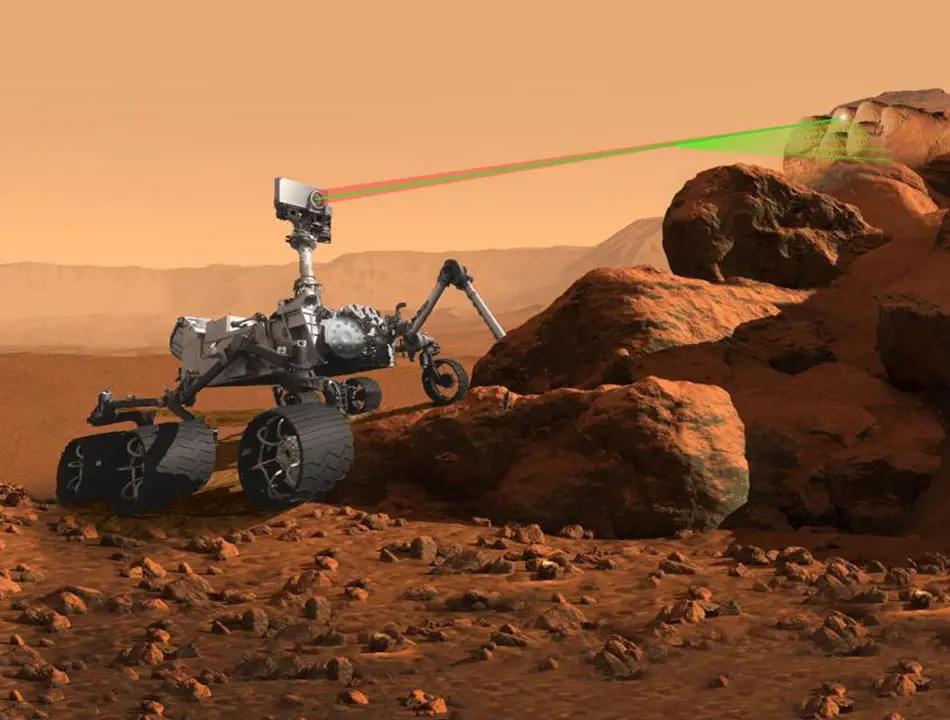Jun 27, 2023
First Gene Therapy to Treat Duchenne Muscular Dystrophy is Approved
Posted by Shubham Ghosh Roy in categories: biotech/medical, genetics
The first gene therapy that can treat Duchenne muscular dystrophy (DMD) has been approved by the U.S. Food and Drug Administration; it will be marketed as Elevidys (delandistrogene moxeparvovec-rokl) by Sarepta Therapeutics Inc. Children aged four to five with the disorder and confirmed gene mutations will be eligible to receive the one-time treatment if insurers approve, as the cost is $3.2 million per patient.
DMD is caused by mutations in a gene called dystrophin, which results in a serious lack of functional dystrophin protein. The gene therapy works by sending a gene that can produce a shortened version of the dystrophin protein to patients; the company has termed it Elevidys micro-dystrophin.

















